Grasim is a pioneer in viscose staple fibre (VSF) in India. But why exactly is this sustainable fibre, which combines the elegance of silk and comfort of cotton, such a big deal in today's world?
Fact 1:
Grasim is a world leader in viscose staple fibre (VSF) and among the top 3 manufacturers of viscose filament yarn (VFY) globally. In fact, Grasim has been making VSF for seven decades now! Its Staple Fibre Division at Nagda, Madhya Pradesh, was established in 1947 (just 10 days after India attained independence) and commissioned in 1954.
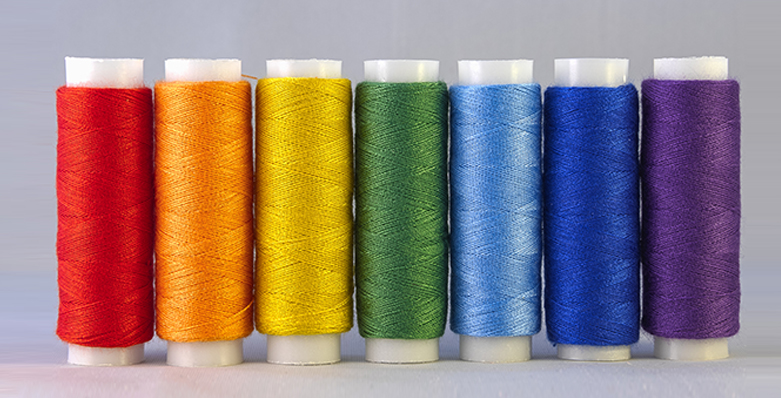
Fact 2:
The word 'viscose' is not very well known (although the fabrics made from it are). It's actually rooted in the word 'viscous' – as in the viscous organic liquid derived from plant cellulose that is filtered and processed further to make yarn, and eventually fabric.
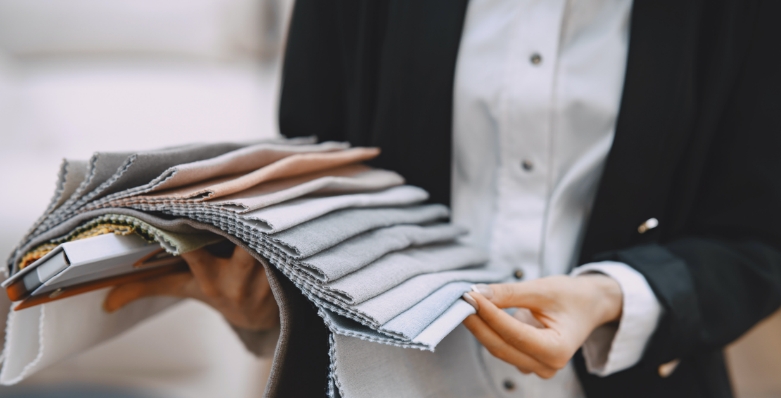
Fact 3:
In the 1880s, English physicist and chemist Sir Joseph Swan was the first person to develop a fabric from plant cellulose. His material of choice was nitrocellulose, a highly inflammable compound, that is used in modern-day gunpowder. Talk about an idea that blew up.
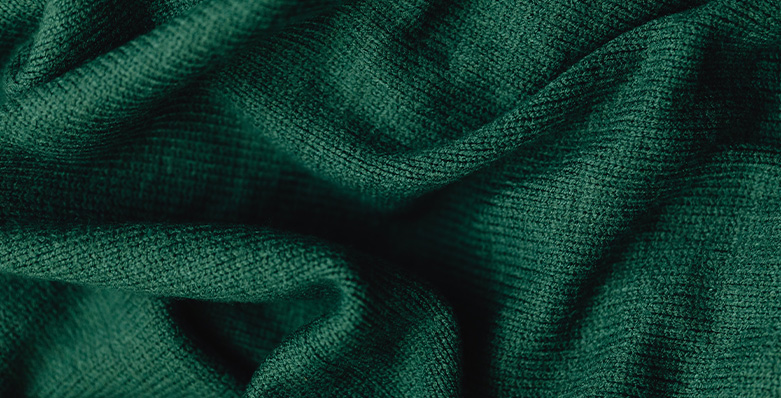
Fact 4:
In 1892, Charles F. Cross, Edward J. Bevan, and Clayton Beadle improved upon the processes followed by Swan and others to develop what we know today as 'viscose'. Viscose is considered one of the types of rayon (the others being modal and lyocell), but in many cases, the words 'viscose' and 'rayon' are also used interchangeably.

Fact 5:
Viscose is lustrous like silk, and simultaneously has the softness and drape quality of cotton. It owes its smoothness to its long, smooth and continuous filaments, which are similar to the filaments in silk. Viscose is also light and breathable, making it ideal for warmer climates.
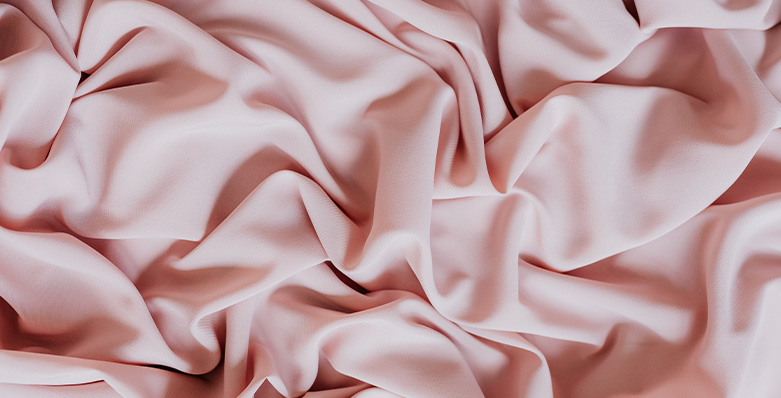
Fact 6:
No surprise, therefore, that Grasim's VSF and VFY are used to make a wide range of things: from fashionable apparel and fine fabrics like georgettes, crepes and chiffons to home textiles (like towels or carpets), embroidery and decorative laces, and even medical equipment like crepe bandages!
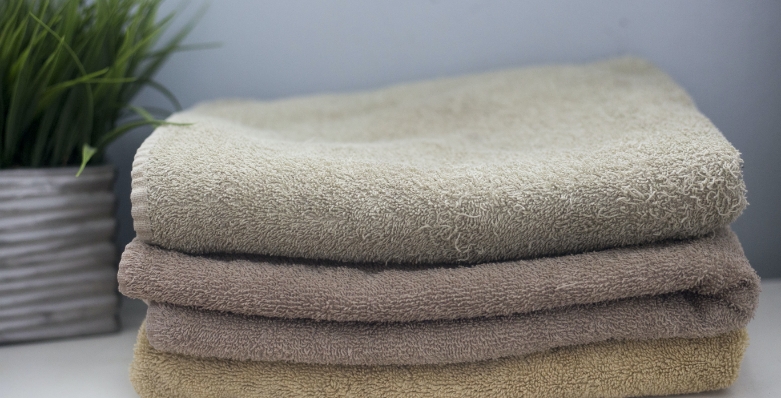
Fact 7:
Besides being great to look at, Grasim's VSF is also a truly 'green' fibre! It fully biodegrades in ~8 weeks, and poses no harm to human or environmental health.
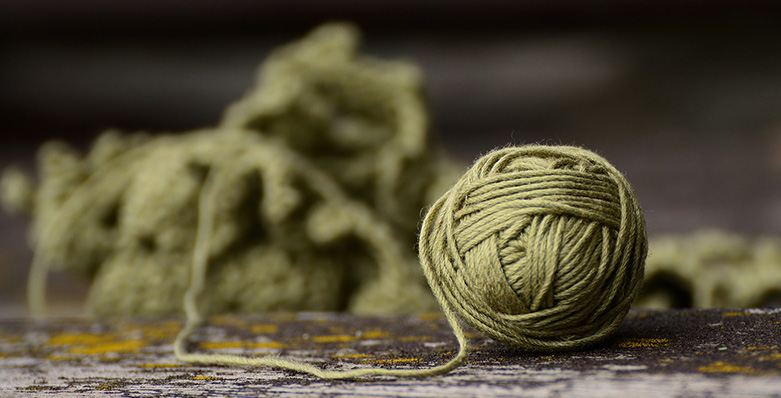
Fact 8:
The cellulose used to make traditional viscose fibre can come from the pulp of a wide range of trees: bamboo, eucalyptus, beech, pine, etc. The pulp that Grasim uses to make VSF is ethically sourced and creates no land pollution from fertilisers or chemicals. Also, it uses only a fraction of the land and water needed by other natural fibres.
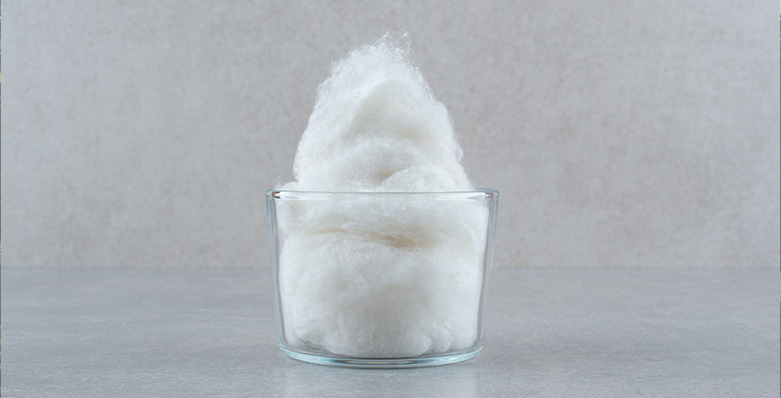
Fact 9:
Grasim's VSF is marketed under the Liva and Livaeco brands. One of the group's biggest innovations is the viscose fibre 'Liva Reviva'. Made with 30% industrial fabric waste and 70% wood pulp, Liva Reviva is a 'circular' product with 100% supply chain traceability!

Fact 10:
In a world reeling from the environmental impact of fast fashion, Grasim has been hailed for its eco-friendly fabrics. In 2021, the company got the Innovative & Sustainable (Circularity) Supply Chain Award from UN Global Compact Network India. Grasim also received the No.1 global ranking on Canopy's Hot Button Ranking and Report 2020, and the Golden Peacock Global Award for Sustainability 2020.
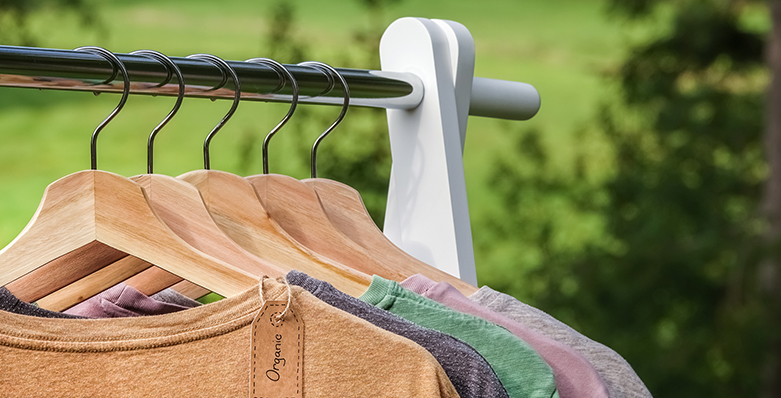
Stay tuned for more fascinating facts about your world and our role in making it a better place!
Source: Grasim, Birlacellulose, Amerisleep, Britannica, Undershirts, Grasim Q4FY21 EARNINGS PRESENTATION

